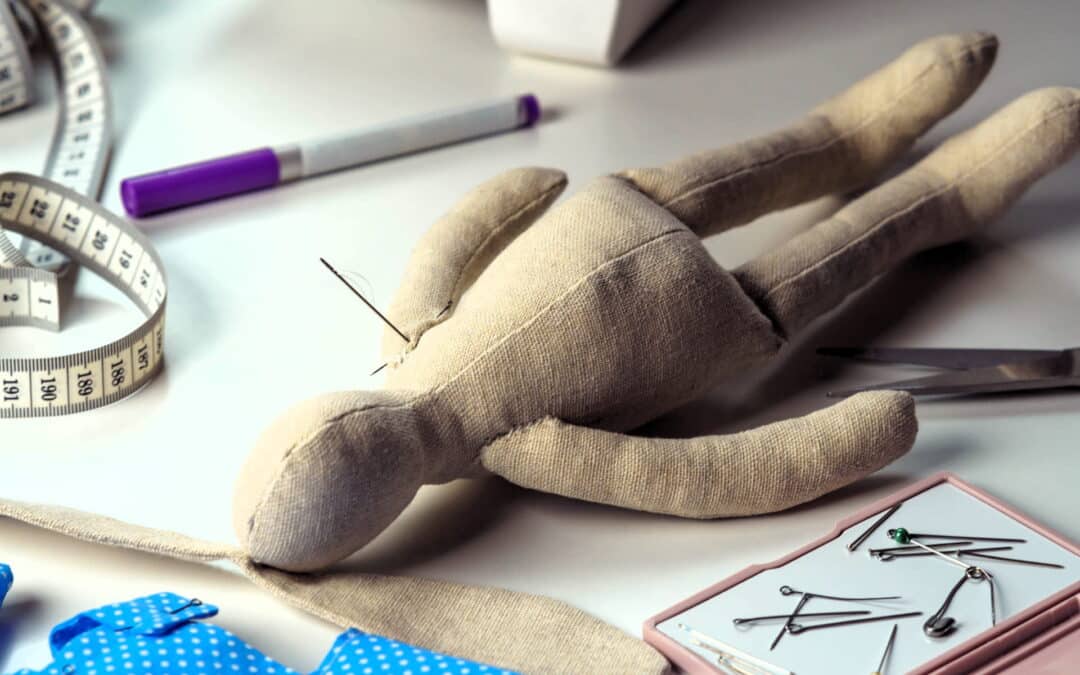VooDoo dolls often evoke images of witchcraft and dark magic in popular culture, surrounded by myths and misconceptions. Yet, the true purpose and origins of these enigmatic figures are deeply rooted in a rich cultural tapestry that spans continents and centuries. This article demystifies VooDoo dolls, exploring their historical significance, varied uses, and the common misunderstandings surrounding them. By delving into credible sources and research, we aim to provide a comprehensive understanding of VooDoo dolls and their place in both historical and contemporary contexts.
Understanding VooDoo Dolls
VooDoo dolls are more than just tools of enchantment; they are symbolic artifacts that carry significant cultural and spiritual weight. Originating from African religious traditions, these dolls were integrated into VooDoo practices by communities in Haiti and Louisiana, among other regions. The Smithsonian Magazine provides an insightful exploration into the origins and evolution of VooDoo dolls, highlighting their significance beyond the sensationalized versions portrayed in media.
VooDoo Dolls in Practice
Creating a VooDoo doll involves more than merely assembling cloth and stuffing. Traditional methods dictate the use of natural materials and objects that hold personal significance to the intended recipient of the doll’s influence. The process is imbued with rituals and prayers, aiming to channel spiritual energies for specific purposes. These practices underscore the dolls’ roles in connecting the physical world with the spiritual, serving as conduits for healing, protection, or communication with ancestral spirits.
Purpose of VooDoo Dolls
Contrary to popular belief, VooDoo dolls are not solely instruments of revenge or harm. Their purposes are as varied as the practitioners themselves, ranging from healing and protection to guiding lost souls and fostering love. The National Geographic’s exploration into the VooDoo religion sheds light on the nuanced and positive aspects of these practices, emphasizing the dolls’ role in healing and spiritual guidance.
Misconceptions and Reality
The myth of the VooDoo doll as a tool for malevolence is a product of misunderstanding and cultural appropriation. In reality, these dolls are a small part of the VooDoo religion, which focuses on healing, community, and connection with the divine. Debunking these myths is crucial in appreciating the true significance of VooDoo dolls and recognizing the diversity of their uses.
VooDoo Dolls Around the World
The perception and use of VooDoo dolls have evolved as they’ve permeated global cultures. In popular culture, they are often depicted in a negative light, overshadowing their historical and spiritual roots. However, a closer look at their portrayal in various cultures reveals a complex interplay between tradition and modernity, spirituality and skepticism.
Analyzing the Significance of VooDoo Dolls
The journey to understanding VooDoo dolls reveals a narrative far removed from the misconceptions peddled by sensational stories and movies. These dolls are a testament to the resilience of cultural traditions and the enduring human desire to connect with the spiritual realm. The Guardian offers an insightful article on the modern practice of VooDoo, highlighting its significance in contemporary society and the ongoing efforts to preserve its traditions against misunderstanding and prejudice.
Key Takeaways on VooDoo Dolls
The exploration of VooDoo dolls unveils a world where spirituality, culture, and history converge. These dolls serve as a reminder of the power of belief and the depth of human spirituality. Recognizing the true purposes of VooDoo dolls allows us to appreciate the rich cultural heritage from which they originate and the diverse practices that continue to thrive today.
Frequently Asked Questions
1. Are VooDoo dolls always used for negative purposes? No, VooDoo dolls are often used for positive intentions, such as healing, protection, and spiritual guidance. The misconception that they are solely used for harm is a result of sensationalized portrayals in media and popular culture.
2. Where do VooDoo dolls originate from? VooDoo dolls have their roots in African religious traditions, which were integrated into VooDoo practices by communities in Haiti, Louisiana, and other regions through the transatlantic slave trade.
3. Can anyone create a VooDoo doll? While technically anyone can craft a doll, the traditional creation and use of VooDoo dolls are deeply embedded in specific rituals and knowledge within the VooDoo religion. Their effectiveness is believed to be tied to the practitioner’s spiritual power and intent.
4. How are VooDoo dolls made? Traditional VooDoo dolls are made from natural materials and objects of personal significance to the intended recipient or target. The creation process is often accompanied by prayers and rituals.
5. How has the perception of VooDoo dolls changed over time? While early perceptions were marked by fear and misunderstanding, more recent views have been influenced by a growing awareness of VooDoo’s cultural and spiritual significance. Efforts by scholars, practitioners, and communities to educate the public have led to a more nuanced understanding of VooDoo dolls and their role in the VooDoo religion.
By exploring the true significance of VooDoo dolls, this article challenges prevailing misconceptions and sheds light on the rich cultural and spiritual practices that define their use. Through a deeper understanding of these practices, we can appreciate the complexity and diversity of human belief systems and their manifestations across cultures.

